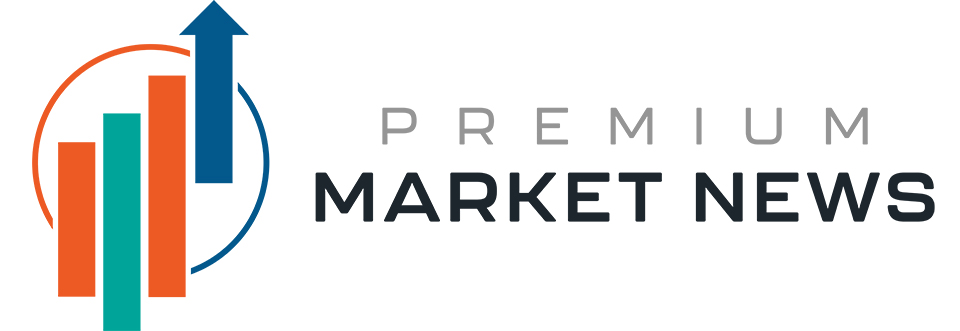By Bryan Mena, CNN
Washington (CNN) — It’s still too soon for the Federal Reserve to consider lowering interest rates, Chair Jerome Powell said Tuesday.
“Policy changes continue to evolve, and their effects on the economy remain uncertain,” Powell said in his prepared testimony for his semiannual monetary policy report to Congress. “For the time being, we are well positioned to wait to learn more about the likely course of the economy before considering any adjustments to our policy stance.”
Powell’s latest comments come as some Fed officials have joined President Donald Trump in calling for lower borrowing costs. The Fed leader said Trump’s tariffs are bound to have some impact on the economy, the extent of which remains to be seen.
“The effects on inflation could be short lived — reflecting a one-time shift in the price level. It is also possible that the inflationary effects could instead be more persistent,” Powell said.
Fed officials have floated the possibility of tariff-driven inflation being “temporary,” or just a one-time increase — a situation reminiscent of inflation’s eruption after the pandemic, when officials said price hikes would be “transitory.” That proved to not be the case.
Fed officials have kept their benchmark lending rate unchanged since January — at a range of 4.25% to 4.5% — saying they want to see how President Donald Trump’s significant policy changes show up in economic data first before resuming rate cuts. Late last year, the Fed slashed its key interest rate a full percentage point after it kept it elevated at a bruising two-decade high for more than a year.
Trump’s tariffs are widely expected to jack up prices and eventually weaken economic growth, but so far, there’s been little evidence of that.
Still, most economists expect that to change for the worse soon. Economists at JPMorgan expect “the peak impact” of Trump’s tariffs to occur later in the summer. There’s also the possibility of prices going up because of conflict in the Middle East.
Yet, some Fed officials have downplayed those risks, agreeing with Trump that it may be time to cut rates.
If inflation remains tame, the Fed should begin lowering rates as soon as July, Fed Vice Chair for Supervision Michelle Bowman said Monday. Fed Governor Christopher Waller said as much last week.
While Bowman and Waller are both Trump appointees, the Fed is an independent institution that doesn’t consider politics in its decisions.
Meanwhile, Trump early on Tuesday continued his relentless attacks on the Fed for not yet having lowered rates.
“‘Too Late’ Jerome Powell, of the Fed, will be in Congress today in order to explain, among other things, why he is refusing to lower the Rate,” Trump wrote on his social media platform. “I hope Congress really works this very dumb, hardheaded person, over. We will be paying for his incompetence for many years to come.”
Will the Fed actually cut interest rates soon?
Despite Trump’s demands and some central bankers signaling they’re comfortable with lowering rates soon — if the data cooperates — cutting rates in July won’t be easy for the Fed to defend, and remains unlikely.
According to most economists, Trump’s tariffs will start affecting prices more clearly around that time.
“I’d be surprised if July is when the Fed cuts again because that’s when the price increases are going to start to show up. You’re going to cut in the middle of that? I’d be surprised,” Mark Zandi, chief economist at Moody’s, told CNN’s Matt Egan in an interview.
Powell noted earlier this month that Trump’s aggressive tariff regime has already started reverberating throughout the economy, and is just a matter of “when”, not “if” that affects consumer prices.
“We’re beginning to see some effects. We expect to see more,” Powell said on June 18, after Fed officials voted to hold rates steady for the fourth time in a row. “We’ve had goods inflation just moving up a bit, and, of course, we do expect to see more of that over the course of the summer.”
Even Wall Street isn’t buying the possibility of a July rate cut: Investors currently see a 77% chance of the Fed standing pat again at its July 29-30 meeting, according to futures.
Analysts at JPMorgan, Goldman Sachs, Barclays, Nomura and Deutsche Bank all still estimate just one rate cut this year, in December.
An end-of-year quarter-point rate cut likely won’t sit well with Trump, who has repeatedly called for supersized rate cuts. The president has said the federal government is stuck making massive interest rate payments on its debt because the Fed hasn’t lowered rates.
The central bank, however, doesn’t consider the government’s finances when setting rates. It bases its decision on economic data in striving for its dual mandate of maximum employment and stable prices.
The-CNN-Wire
™ & © 2025 Cable News Network, Inc., a Warner Bros. Discovery Company. All rights reserved.
CNN’s Matt Egan contributed reporting.
